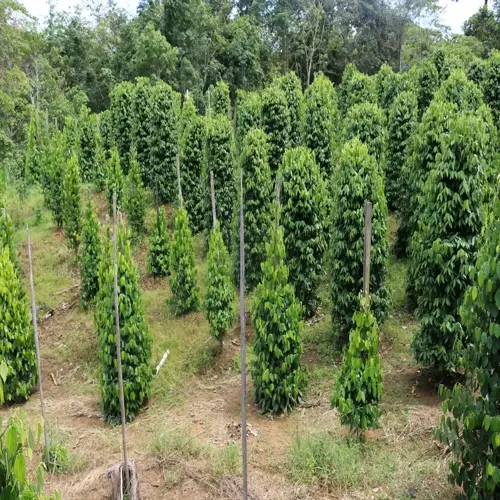Can I use vermiculite for succulent plants?

Written by
Nguyen Minh
Reviewed by
Prof. Martin Thorne, Ph.D.The use of vermiculite for succulents and cacti is a big mistake! These beautiful desert plants grow in a dry atmosphere where the soil is rapidly drained. The water-holding space in the vermiculite makes the conditions too wet, which these desert plants cannot tolerate. I learned this after losing my prized jade plant to rot.
Succulents, such as aloe and echeveria, require soil that dries quickly. Vermiculite retains moisture against the roots for days. This perpetual moisture causes the roots to rot and collapse. Perlite gives the rapid drainage succulents crave.
Moisture Imbalance
- Holds 3-4x water creating perpetually wet soil
- Blocks oxygen from reaching succulent roots
- Promotes fungal growth in root zones
Root Health Impact
- Causes root rot within 2-3 weeks of potting
- Leads to stem collapse and leaf drop
- Attracts fungus gnats and other pests
Create the ideal succulent mix, with half of it being mineral grit. To do that, combine equal parts potting soil, perlite, and coarse sand. This represents the natural conditions for succulents in a desert environment. Any water will drain through in seconds, leaving the roots dry.
Protect your succulents from overexposure to vermiculite. If the leaves begin to turn yellow or mushy, remove the plants from their pots immediately and inspect the roots. Trim away any rotten roots with sterilized scissors, then repot the plant into a dry perlite mix. After 7 days have passed, you can begin light watering.
Vermiculite is effective for other plants. Use it for seedling trays or to keep moisture-loving ferns healthy. But keep it away from your cactus collection at all costs! If you provide your succulents with the right soil, they will reward you with fabulous new growth.
Read the full article: Perlite vs Vermiculite: Ultimate Comparison Guide

